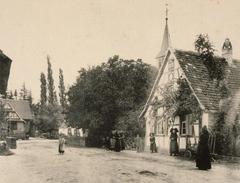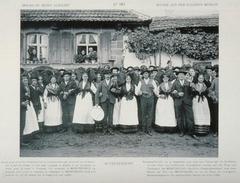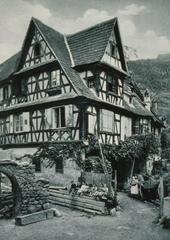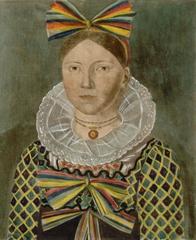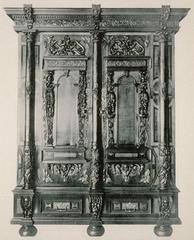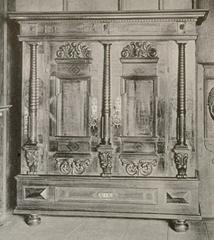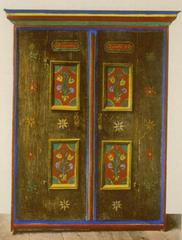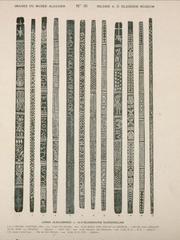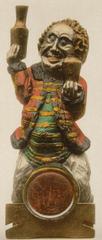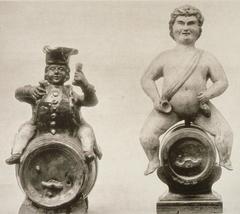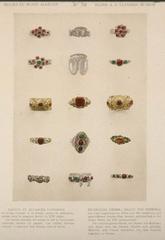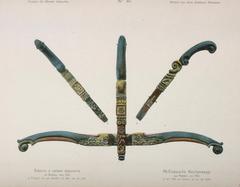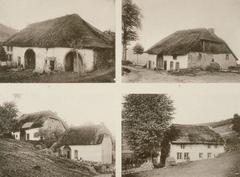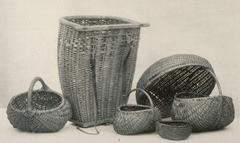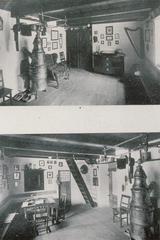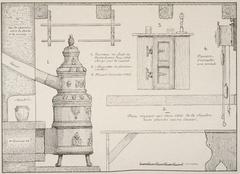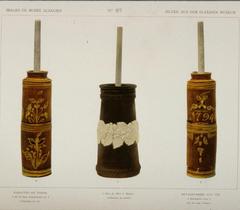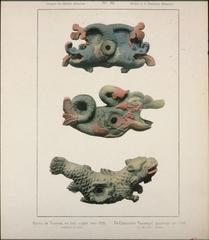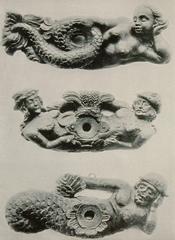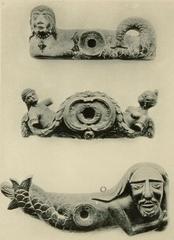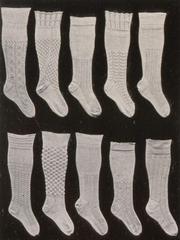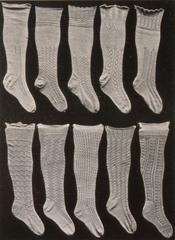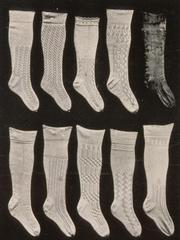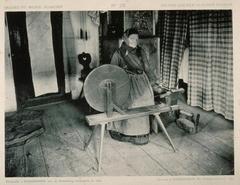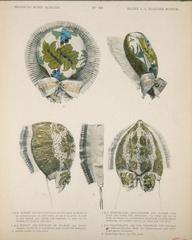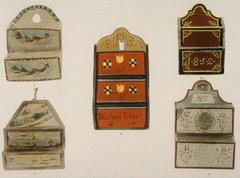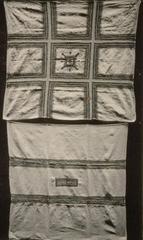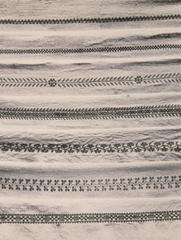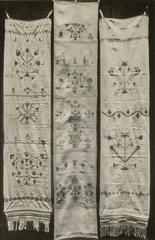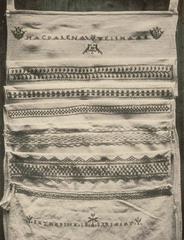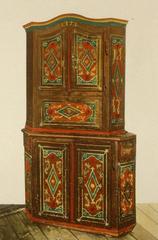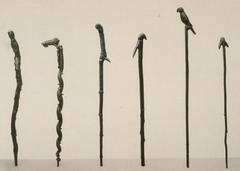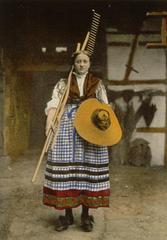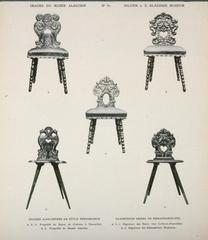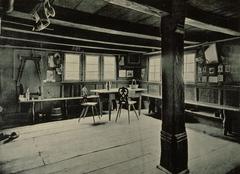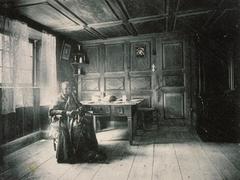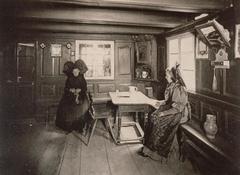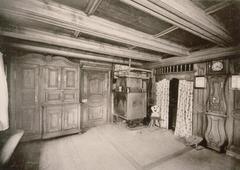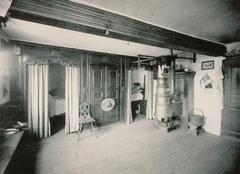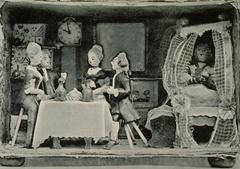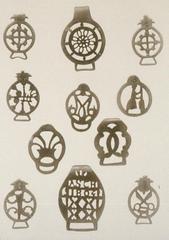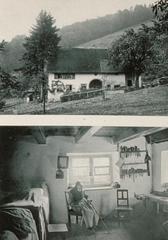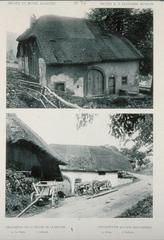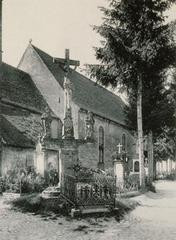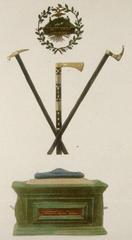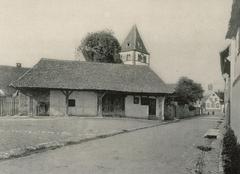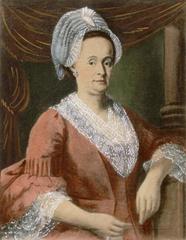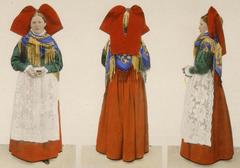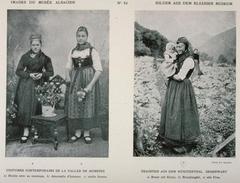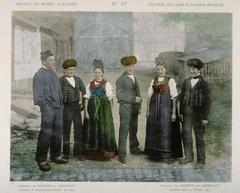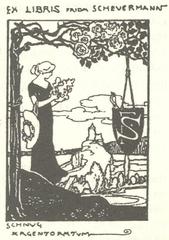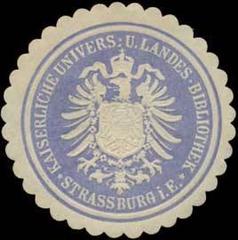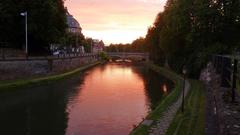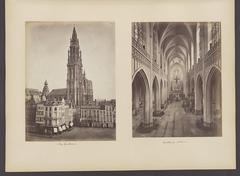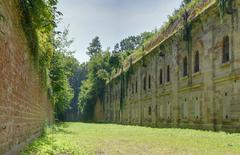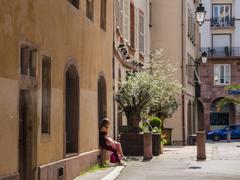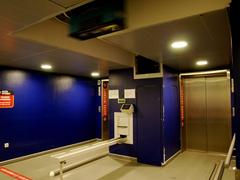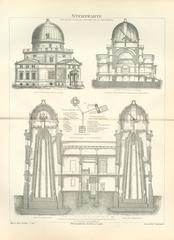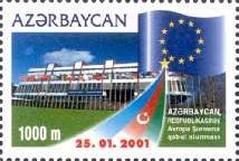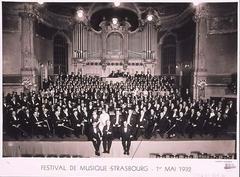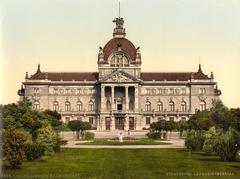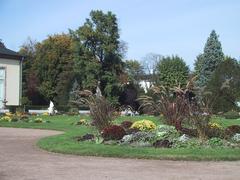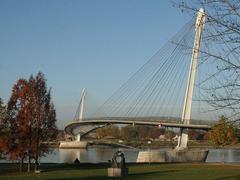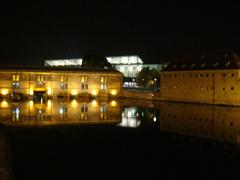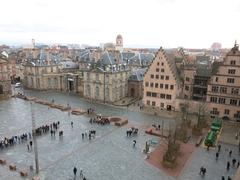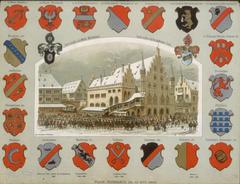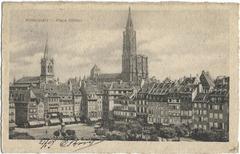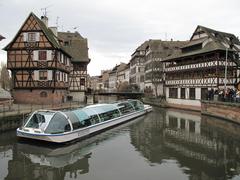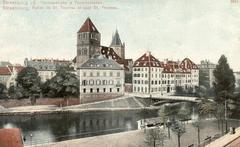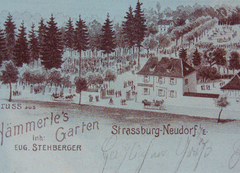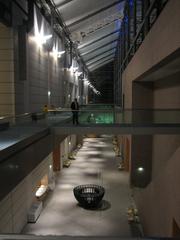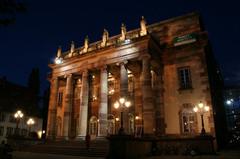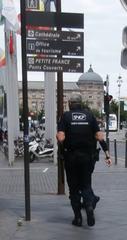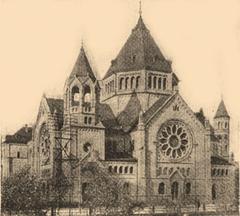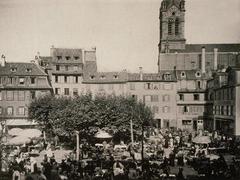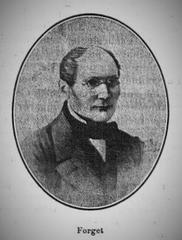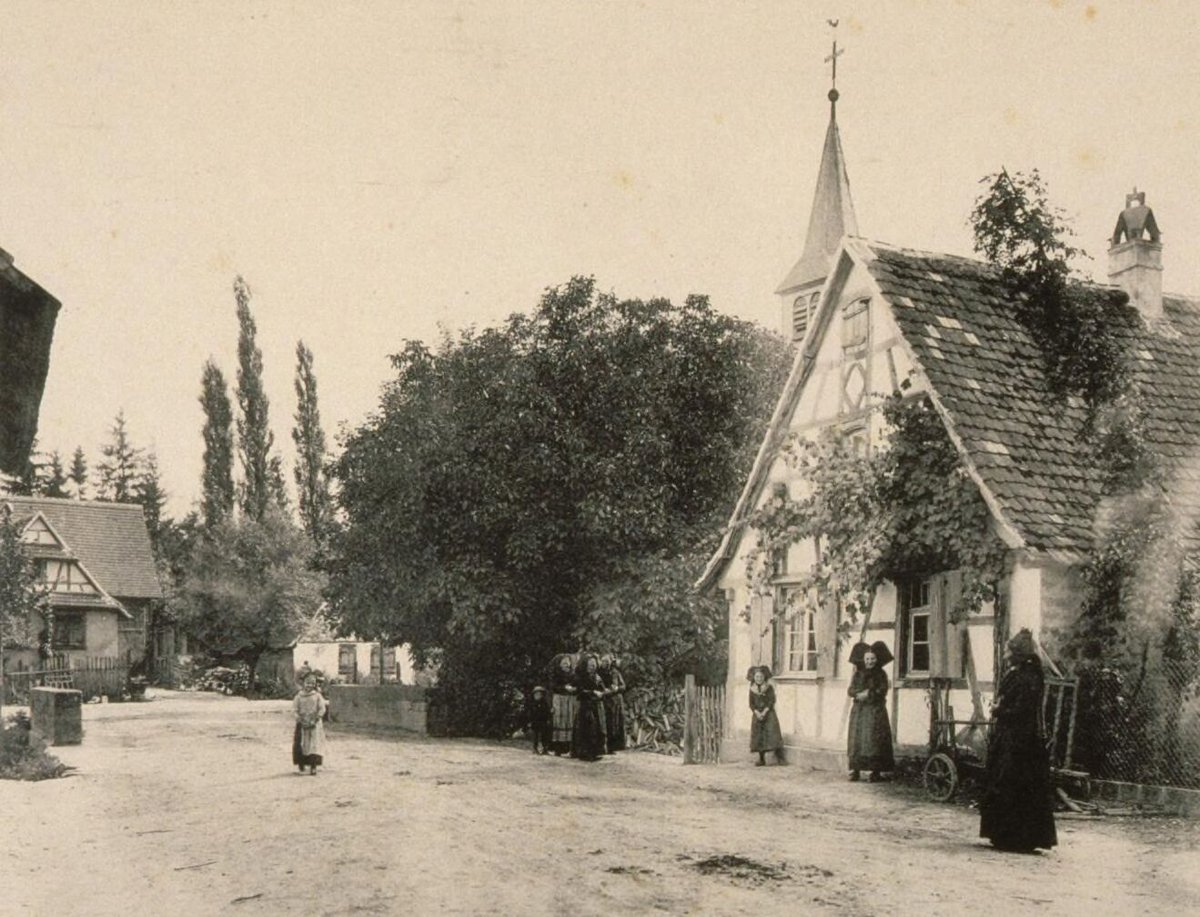
Alsatian Museum Visiting Hours, Tickets, and Travel Tips
Date: 19/07/2024
Introduction
The Alsatian Museum, or Musée Alsacien, situated in the heart of Strasbourg, France, is a treasure trove of the region’s rich cultural heritage. Established in 1907 by a group of visionary Alsatian intellectuals and artists, the museum was born out of a desire to preserve and celebrate the unique identity of Alsace, especially in the face of political upheavals and cultural shifts. The museum is housed in a series of interconnected Renaissance-style buildings dating back to the 16th and 17th centuries, providing an immersive historical ambiance. Over the years, the museum has curated an extensive collection of artifacts that encapsulate the essence of Alsatian life, from traditional costumes and folk art to religious artifacts and everyday tools. Visitors can explore the intricacies of Alsatian culture through meticulously curated exhibits that offer a glimpse into the region’s past, including its complex relationship with both France and Germany. The museum’s continuous evolution, embracing modern technologies and interactive displays, ensures that it remains a dynamic and engaging destination for visitors of all ages. Whether you’re a history buff, an art enthusiast, or simply curious about the cultural tapestry of Alsace, the Alsatian Museum promises a memorable and enriching experience. For more information, visit the official Alsatian Museum website.
Table of Contents
- [History and Origins](#history-and-originshistory-and-origins)
- [Collections and Exhibits](#collections-and-exhibitscollections-and-exhibits)
- [Early Collections](#early-collectionsearly-collections)
- [Expansion and Renovation](#expansion-and-renovationexpansion-and-renovation)
- [Recent Developments](#recent-developmentsrecent-developments)
- [Visitor Information](#visitor-informationvisitor-information)
- [Opening Hours and Tickets](#opening-hours-and-ticketsopening-hours-and-tickets)
- [Accessibility and Travel Tips](#accessibility-and-travel-tipsaccessibility-and-travel-tips)
- [Special Events and Guided Tours](#special-events-and-guided-toursspecial-events-and-guided-tours)
- [Significance and Legacy](#significance-and-legacysignificance-and-legacy)
- [Notable Artifacts](#notable-artifactsnotable-artifacts)
- [Visitor Experience](#visitor-experiencevisitor-experience)
- [Interactive Displays](#interactive-displaysinteractive-displays)
- [Guided Tours](#guided-toursguided-tours)
- [FAQ](#faqfaq)
- [Conclusion](#conclusionconclusion)
History and Origins
Origins and Establishment
The Alsatian Museum, or Musée Alsacien, was established in 1907 in Strasbourg, France. A group of Alsatian intellectuals and artists founded the museum to preserve and showcase the rich cultural heritage of the Alsace region. The museum is housed in a series of interconnected Renaissance-style buildings dating back to the 16th and 17th centuries, located at 23-25 Quai Saint-Nicolas. The founders’ vision was to create a repository of Alsatian folk art, traditions, and daily life, reflecting the unique blend of French and German influences that characterize the region.
Early Collections
The initial collections of the Alsatian Museum were primarily composed of donations from local residents and collectors. These early exhibits included traditional costumes, furniture, ceramics, toys, and tools used in various trades. The museum’s founders meticulously curated these items to provide an authentic representation of rural and urban life in Alsace from the 17th to the 19th centuries. The museum’s layout was designed to resemble a traditional Alsatian home, with rooms dedicated to different aspects of daily life, such as the kitchen, living room, and workshop.
Expansion and Renovation
Over the years, the Alsatian Museum has undergone several expansions and renovations to accommodate its growing collections and enhance the visitor experience. In the 1930s, the museum acquired additional buildings, allowing for the creation of new exhibit spaces and the inclusion of more artifacts. The museum’s curators continued to expand the collection, acquiring items such as religious artifacts, agricultural tools, and musical instruments.
1980s Modernization
In the 1980s, the museum underwent a major renovation to modernize its facilities and improve accessibility. This renovation included the installation of climate control systems to preserve the artifacts and the creation of new exhibit spaces to showcase temporary exhibitions. The museum also introduced interactive displays and multimedia presentations to engage visitors and provide a deeper understanding of Alsatian culture and history.
Recent Developments
In recent years, the Alsatian Museum has continued to evolve, embracing new technologies and curatorial practices to enhance its exhibits and engage a broader audience. The museum has introduced digital archives and virtual tours, allowing visitors to explore its collections online. These initiatives have made the museum’s resources more accessible to researchers and the general public, both locally and internationally.
The museum also collaborates with other cultural institutions and participates in international exhibitions, showcasing Alsatian culture on a global stage. Recent exhibitions have focused on themes such as the impact of industrialization on rural life, the role of women in Alsatian society, and the region’s culinary traditions.
Visitor Information
Opening Hours and Tickets
The Alsatian Museum is open from Tuesday to Sunday, 10 AM to 6 PM. It is closed on Mondays and certain public holidays. Tickets can be purchased at the museum entrance or online. General admission is €7, with discounted rates available for students, seniors, and groups.
Accessibility and Travel Tips
The museum is accessible to visitors with disabilities, with ramps and elevators available throughout the building. It is conveniently located in the heart of Strasbourg, making it easy to reach by public transport or car. Nearby attractions include the Strasbourg Cathedral and Petite France, both of which are within walking distance.
Special Events and Guided Tours
The Alsatian Museum hosts a variety of special events throughout the year, including temporary exhibitions, workshops, and cultural festivals. Guided tours are available in multiple languages, providing an in-depth exploration of the museum’s collections and themes. Photography is allowed in most areas of the museum, and there are several picturesque spots perfect for capturing memorable moments.
Significance and Legacy
The Alsatian Museum holds a unique place in the cultural landscape of Strasbourg and the broader Alsace region. It serves as a vital repository of regional history and traditions, preserving the tangible and intangible heritage of Alsace for future generations. The museum’s collections provide valuable insights into the daily lives, customs, and beliefs of the people of Alsace, reflecting the region’s diverse cultural influences.
The museum’s educational programs and community outreach initiatives play a crucial role in promoting cultural awareness and appreciation. Through workshops, lectures, and special events, the museum engages with local schools, community groups, and visitors of all ages, fostering a deeper understanding of Alsatian heritage.
Notable Artifacts
Among the museum’s most notable artifacts are its extensive collection of traditional Alsatian costumes, which showcase the region’s distinctive textile and embroidery techniques. The museum also houses a remarkable collection of ceramics, including faience and stoneware pieces from renowned Alsatian pottery centers such as Soufflenheim and Betschdorf.
Another highlight of the museum is its collection of religious artifacts, including intricately carved wooden altarpieces, statues, and liturgical objects. These items reflect the region’s rich religious heritage and the influence of both Catholicism and Protestantism in Alsace.
The museum’s exhibits on traditional crafts and trades provide a fascinating glimpse into the region’s artisanal heritage. Visitors can explore reconstructed workshops and see demonstrations of traditional techniques such as weaving, woodworking, and metalworking.
Visitor Experience
Interactive Displays
Interactive displays and multimedia presentations enhance the visitor experience, providing context and background information on the exhibits. The museum also offers guided tours and educational programs, catering to different age groups and interests.
Guided Tours
For those unable to visit in person, the museum’s digital archives and virtual tours provide an accessible and informative alternative. These online resources allow visitors to explore the museum’s collections and learn about Alsatian culture from anywhere in the world.
FAQ
What are the opening hours of the Alsatian Museum?
The museum is open from Tuesday to Sunday, 10 AM to 6 PM. It is closed on Mondays and certain public holidays.
How much are tickets for the Alsatian Museum?
General admission is €7, with discounted rates available for students, seniors, and groups.
Is the museum accessible to visitors with disabilities?
Yes, the museum is accessible with ramps and elevators available throughout the building.
Are guided tours available?
Yes, guided tours are available in multiple languages.
Conclusion
The Alsatian Museum stands as a testament to the rich cultural heritage of the Alsace region. Through its extensive collections, engaging exhibits, and educational programs, the museum preserves and promotes the unique traditions and history of Alsace. Whether visiting in person or exploring online, the Alsatian Museum offers a memorable and enriching experience for all who seek to discover the cultural treasures of this fascinating region.
Visit the Alsatian Museum’s official website for more information and to plan your visit. Stay up to date with the latest news and events by following the museum on social media.
References
- Discovering the Alsatian Museum - History, Visitor Information, and Cultural Insights, 2023, Author https://www.musees.strasbourg.eu/musee-alsacien
- Discover the Alsatian Museum in Strasbourg - Tickets, Hours, and More, 2023, Author https://www.musees.strasbourg.eu/musee-alsacien
- Alsatian Museum Guide - Exhibits, Tickets, and Visitor Information, 2023, Author https://www.musees.strasbourg.eu/musee-alsacien
